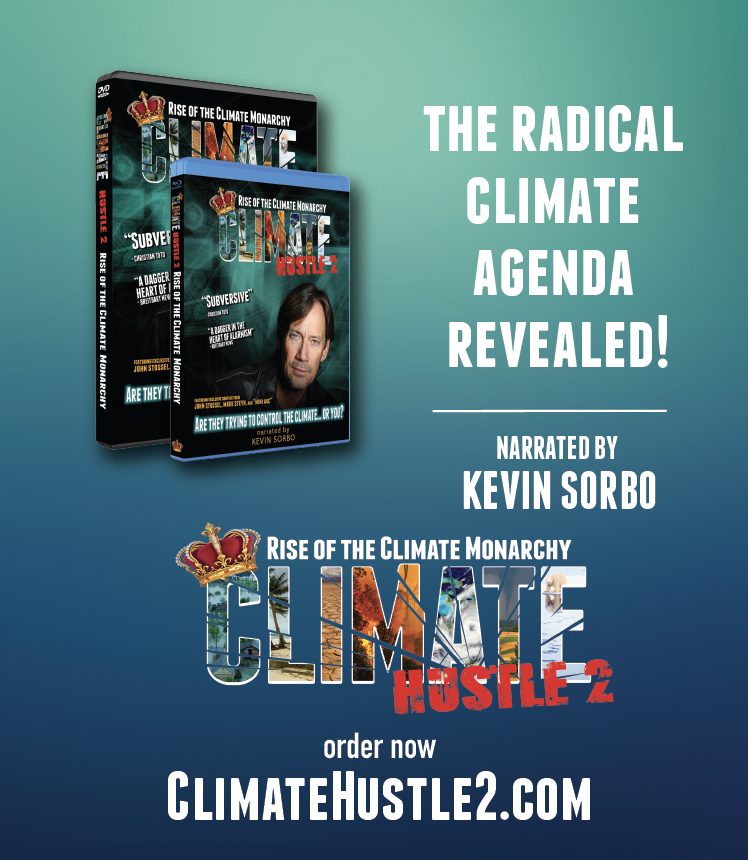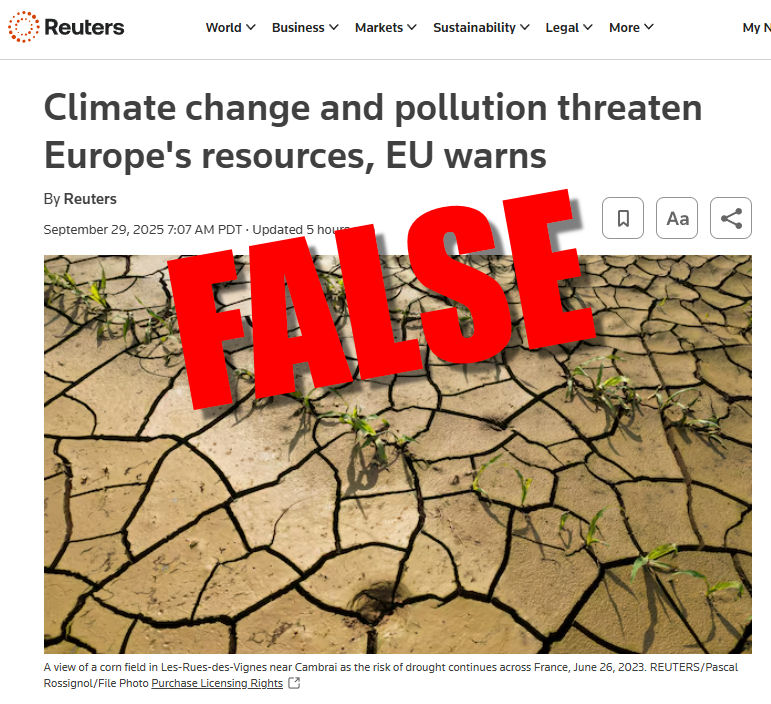https://www.yahoo.com/news/articles/researchers-sound-alarm-over-controversial-011500823.html
By Susan Elizabeth Turek
Could geoengineering save coastal communities from rising sea levels? Researchers warn one proposal gaining steam could leave them worse off than they were to begin with.
…
While habitat restoration and preservation are tools to help protect against storms when they do occur, some scientists propose drastic steps to address the main cause of glacial melting, per the American Geophysical Union: building underwater barriers to limit warm currents from flowing beneath ice shelves and continuing to accelerate sea level rise.
Why is this geoengineering proposal important?
In theory, geoengineering would mitigate the rise of global temperatures through large-scale interventions. As another example, researchers have been toying with the idea of launching umbrella-like contraptions into space to act as a shield between Earth and the sun.
However, researchers warn that unproven ploys such as these could have unintended effects. A recent commentary in AGU Advances outlines several possible consequences — including major disruptions to the world’s food supply — if a proposal to use an underwater steel curtain or rocks to wall off part of Greenland’s ice sheet were to proceed.
“Whilst the basic theory that barriers would stem oceanic heat flow is uncontroversial, the extent to which barriers might reduce future ice mass loss is less certain,” the authors wrote. “… There is already sufficient evidence to conclude that artificial barrier installation would have negative regional implications for marine productivity. The effects on fisheries are a concern as negative implications for Greenland’s regional fisheries are unlikely to be socially acceptable.”
Will geoengineering continue to be part of the conversation?
The commentary’s authors speculate that interest in “geoengineeringization” will continue to grow as the world grapples with the effects of rising global temperatures. They caution that any projects must take economic, social, cultural, and technical viabilities into account, with stakeholders and scientists working together to investigate the potential benefits and trade-offs.


